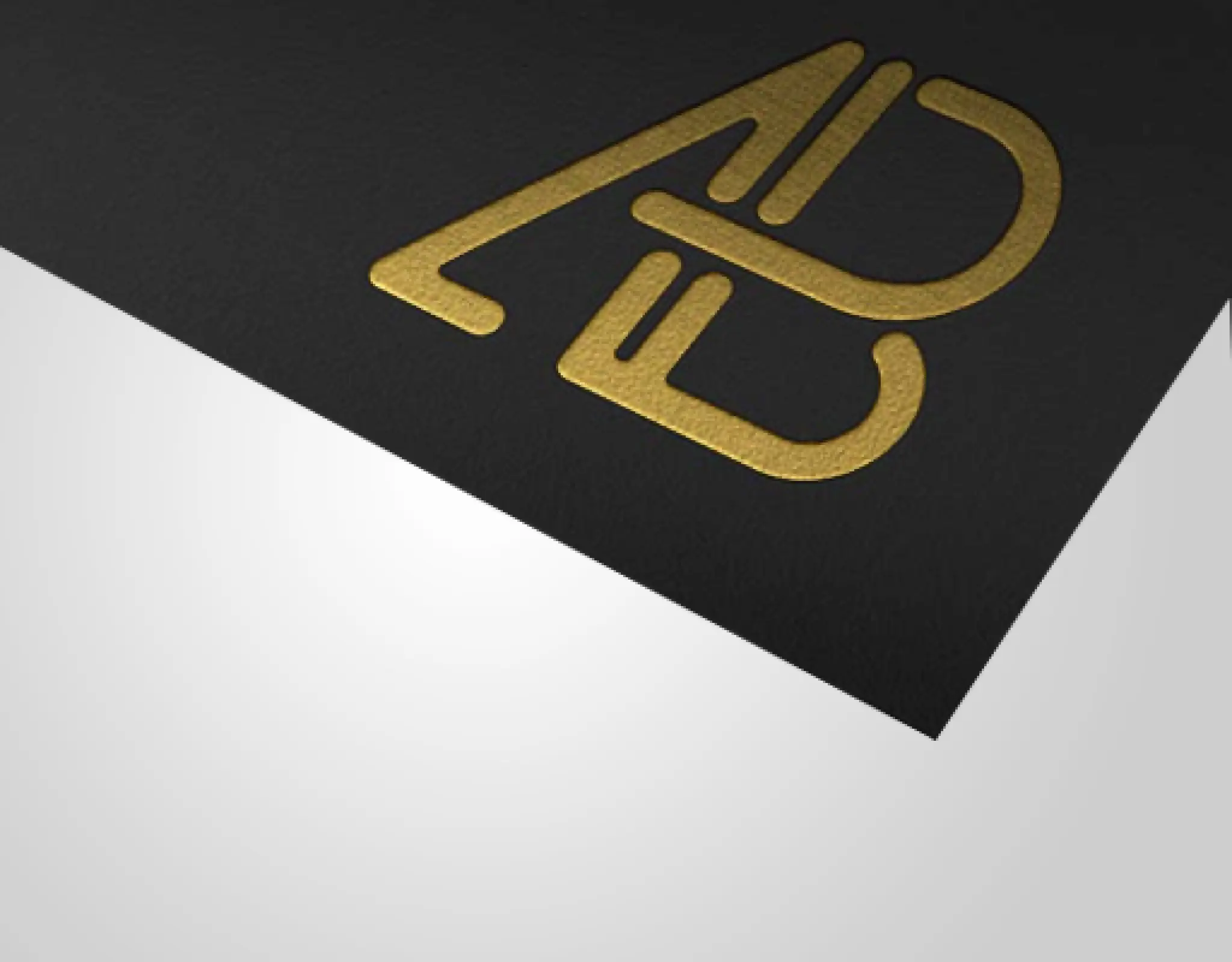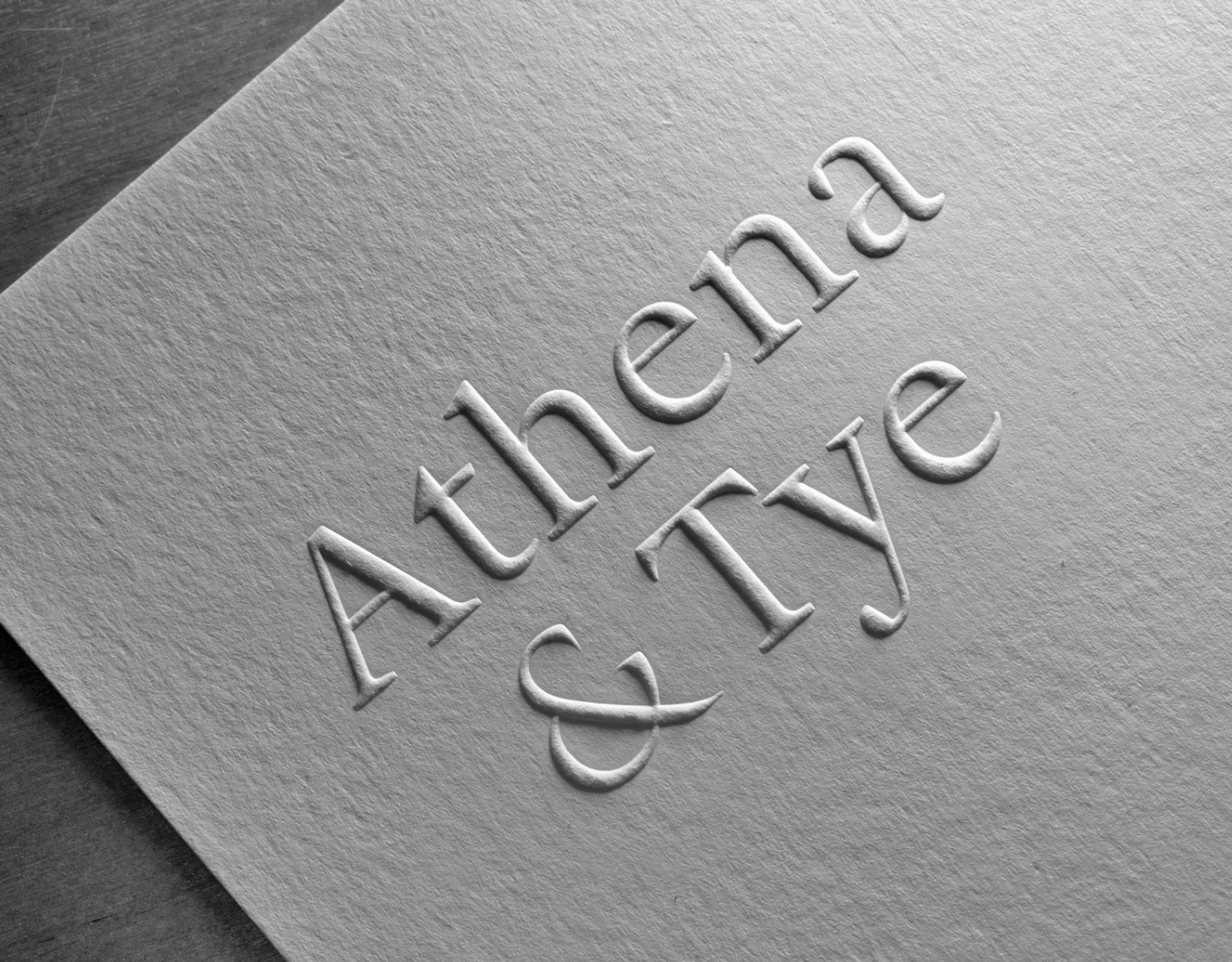Hot Foil Stamping
Hot foil stamping is akin to the gilding of a precious book—it involves pressing a heated die onto a metallic foil, transferring the design onto the paper. The result is a surface that catches the light and shimmers with every movement, turning the printed piece into a work of art. This technique adds a lustrous sheen and creates a slightly raised effect, giving dimension to the printed item.The allure of hot foil stamping lies in its ability to impart a sense of luxury and quality. It is a visual feast for the eyes. When used on logos, titles, or even decorative accents, it instantly elevates the perceived value of the product.


Cold Foil Stamping
Like the brisk touch of ice, cold foil stamping offers a cool alternative to its hot counterpart. This modern method applies the foil onto the substrate using a printing plate and UV curing lamp, without the need for heat. It allows for fine detailing and can be used on larger areas effectively, providing a smooth and uniform metallic finish. Cold foil stamping is ideal for large-scale applications and allows for full-color processing over the foil.
Blind Embossing
Blind embossing is the art of sculpting without color—the creation of a raised design on the paper surface that begs to be touched. Unlike its foiled counterparts, it relies solely on light and shadow to reveal its beauty. This subtle, yet impactful technique imparts a sophisticated look to any print material, adding depth and interest purely through the interplay of texture and light. Blind embossing is a favorite for personal stationery, business cards, and elegant invitations. It communicates refinement and exclusivity, perfect for brands aiming to convey understated luxury.


Blind Debossing
Blind debossing is the inverse of embossing, creating an indentation rather than a protrusion. This sunken effect adds a layer of sophistication and texture to printed materials, allowing designs to play with light and shadow in a uniquely understated way. Inviting fingers to trace the contours of the design, debossed elements delivering a tactile experience that enriches the visual journey. The technique is particularly effective for conveying a modern, sleek, and professional image, in high-end product packaging and branding materials
Registered Embossing
Registered embossing aligns an embossed image with an underlying print, marrying texture with visual detail. This precise alignment allows the embossed area to register with the printed graphic, creating a dynamic and multi-dimensional effect. With registered embossing, specific aspects of the design can be highlighted, adding emphasis and enhancing legibility.


Combination Embossing
Combination embossing is the orchestration of multiple finishing techniques, creating a symphony of textures and effects on a single printed piece. It often involves layering embossing with foil stamping or other decorative finishes to produce a rich, tactile landscape that is as delightful to touch as it is to view. Unlock a treasure trove of creative possibilities by combining embossing with other finishes. Feature a blind embossed floral pattern with gold foil-stamped lettering on a wedding invitation or combine debossing with varnish on to create a dynamic visual for a book cover.
Window Patching
Window patching is the process of adding a clear plastic film to a printed piece, creating a 'window' that offers a sneak peek of the product inside. This finish not only adds a protective layer but also serves as a visual invitation, enticing customers to explore further. Build trust and anticipation with the consumers by allowing them to view the actual product through window patching.
